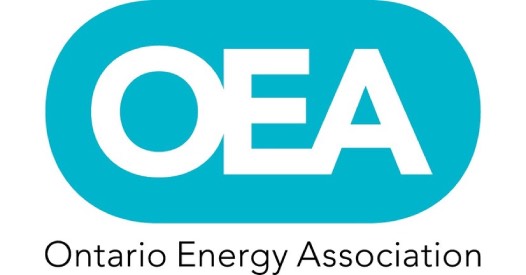Ontario Energy Association Releases Net Zero 2050 Report on Options to Achieve Net Zero Emissions by 2050 Calling for Comprehensive Energy Strategy for Ontario

June 22, 2021
The Ontario Energy Association (OEA), released a report, Net Zero 2050, reviewing the various elements of our province’s energy system and some of the options available to Ontario to achieve net zero emissions of greenhouse gases (GHGs) by 2050. The report finds that transitioning Ontario’s energy system to net zero will encompass one of the largest infrastructure projects in Ontario’s history.
The OEA is committed to Canada’s goal of achieving net zero GHG emissions by 2050 (NZ2050). The OEA’s intention is to leverage our expertise to assist all levels of government and their agencies to find the optimal pathway to NZ2050 while ensuring our customers maintain access to affordable and reliable energy.
The analysis in the report makes it clear that our path to NZ2050 requires Ontario to turn its policy focus to energy use more broadly, in contrast with our historic focus on electricity. In particular, we need to now focus on our emissions related to fossil fuel use which make up 80 per cent of our energy consumption.
The analysis suggests Ontario should make transportation fuel switching its highest priority. This is because the transportation sector is our largest source of emissions and the easiest to decarbonize with existing technology while still maintaining affordability. Passenger vehicle electrification (EVs), hydrogen fuel cell electric vehicles (FCEVs), compressed natural gas (CNG), renewable natural gas (RNG), biofuels, energy efficiency and consumer behavior are all discussed as elements of transition in the transportation sector.
The analysis also finds that replacing Ontario’s natural gas system, which heats our homes and buildings, would not be practical given the volume of peak energy this system delivers. We will need to continue relying on our gas system and the highly efficient heating technology deployed and available for homes and buildings. This suggests that our policies for homes and buildings should focus on reducing GHG emissions intensity through things like renewable natural gas, hydrogen blending, hybrid heating systems and energy efficiency initiatives.
Finally, the analysis very clearly points to the need for a comprehensive energy strategy for Ontario that considers all fuels and maps a pathway to net zero 2050. The OEA would like to see the federal and Ontario government work collaboratively on a detailed and comprehensive energy plan for Ontario. We would also like to see the province work with municipalities to ensure local efforts towards the same objective are complementary.
“The OEA supports the goal of achieving net zero GHG emissions by 2050,” said Vince Brescia, President & CEO of the Ontario Energy Association “However, to reach the net zero 2050 goal we must approach the issue holistically. It is important to redirect focus to the entire energy system to support a detailed and realistic analyses of the pathways, potential technologies and costs to ensure our success. With careful, transparent and fully informed planning we can make prudent choices to meet climate goals, minimize disruption to people’s lives, and maintain an affordable and reliable energy supply for our customers,” added Mr. Brescia.









![Guide to the Canadian Electrical Code, Part 1[i] – A Road Map: Section 52 — Diagnostic imaging installations](https://electricalindustry.ca/wp-content/uploads/2022/11/Guide-CE-Code-2.png)






